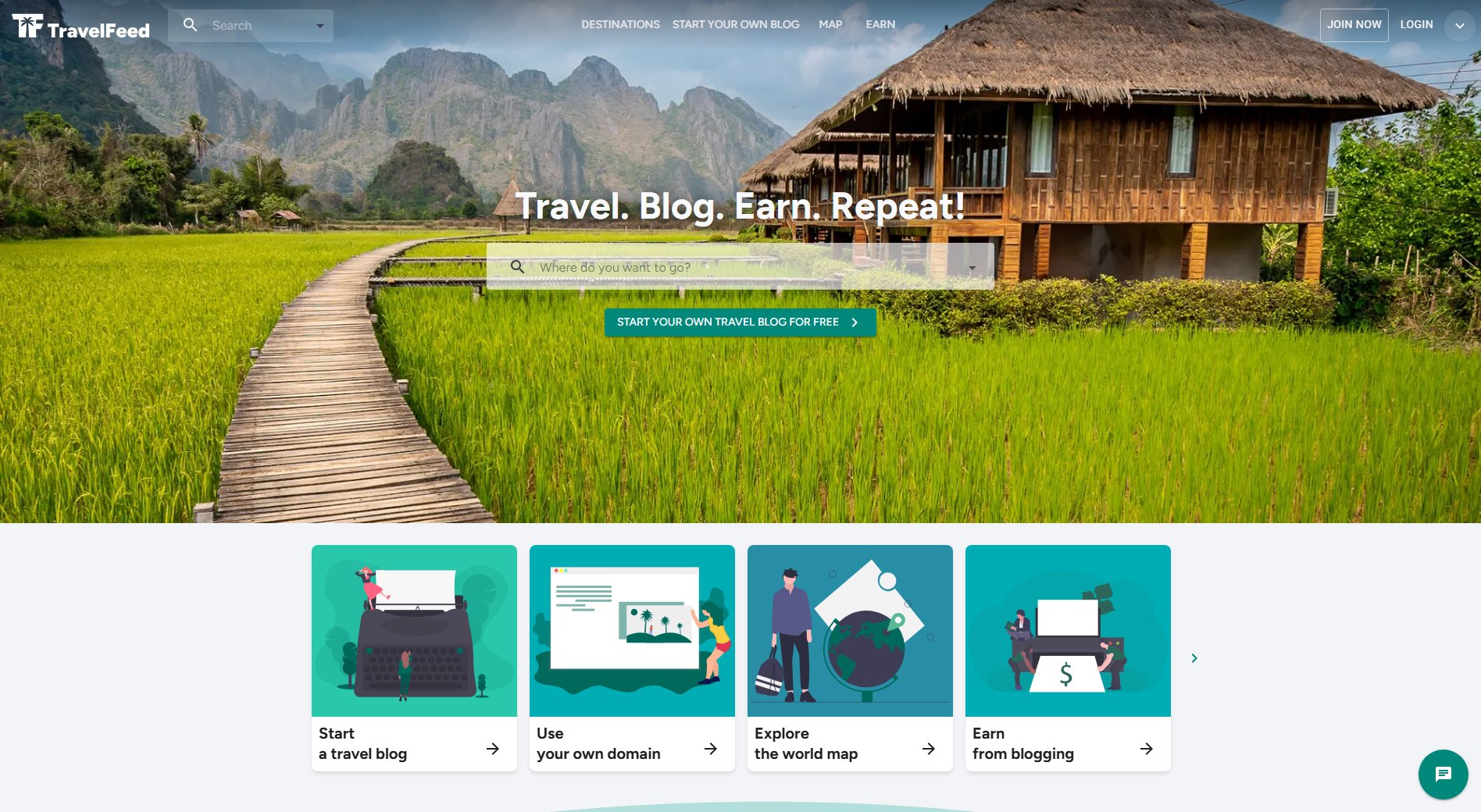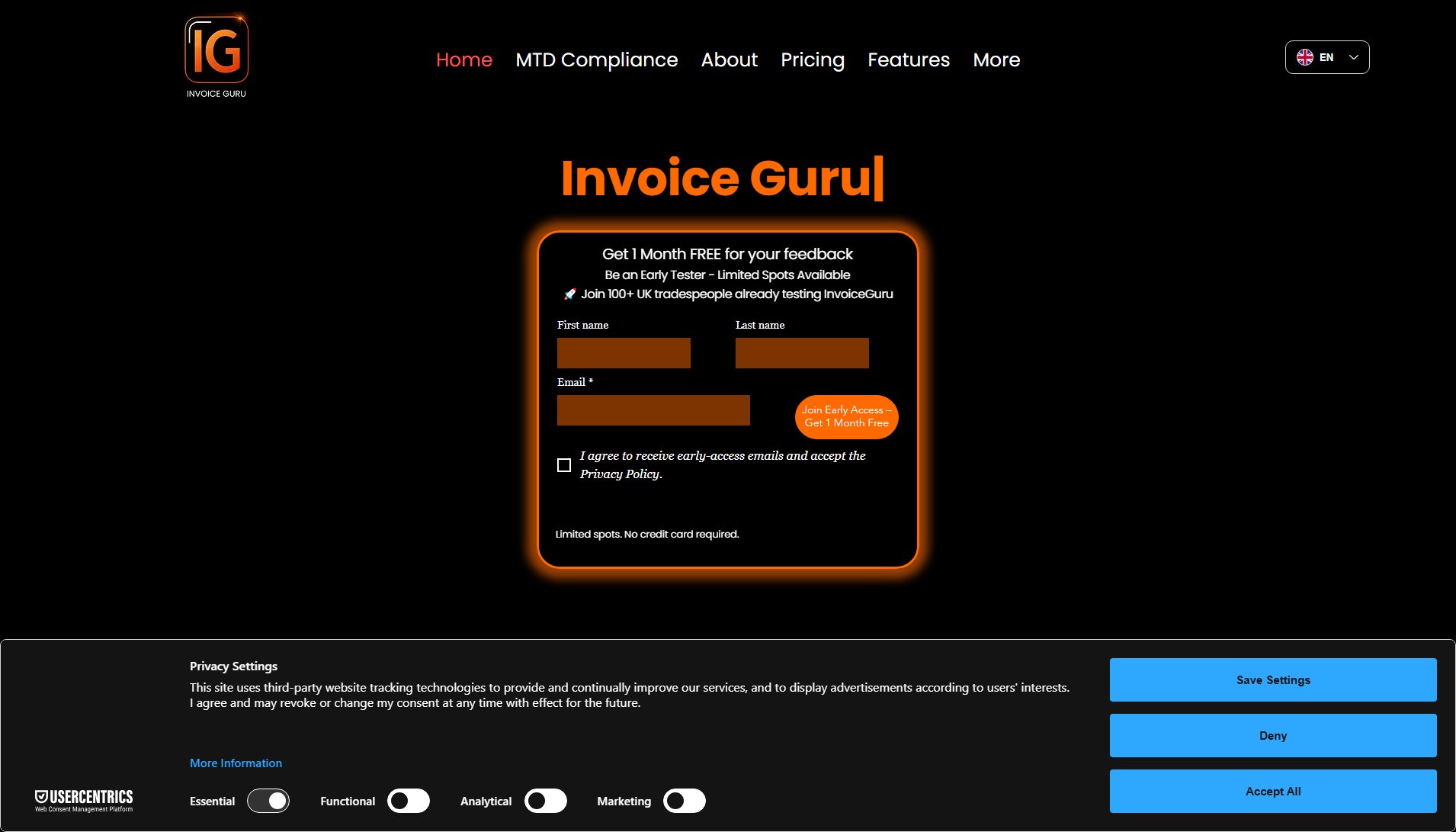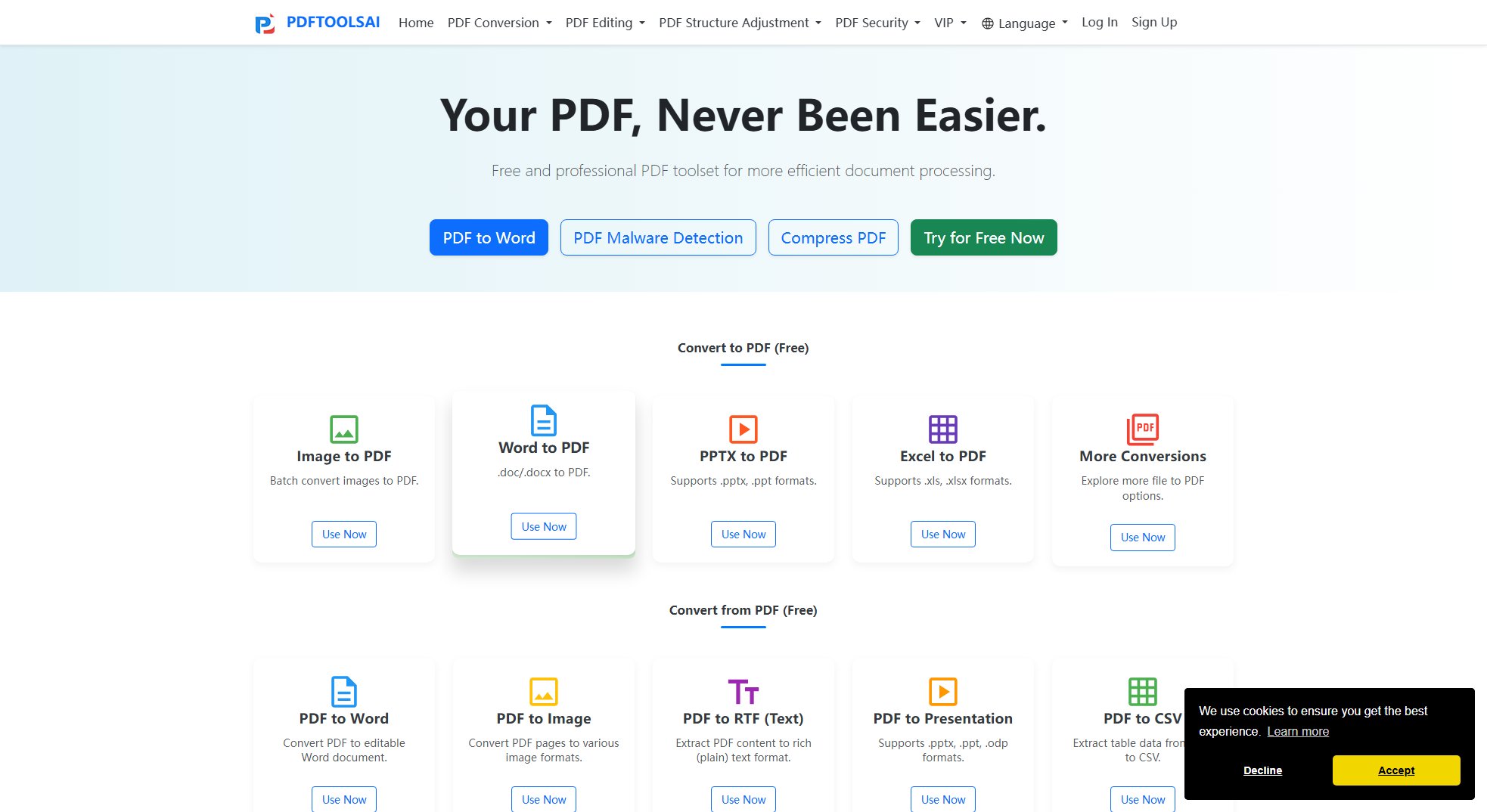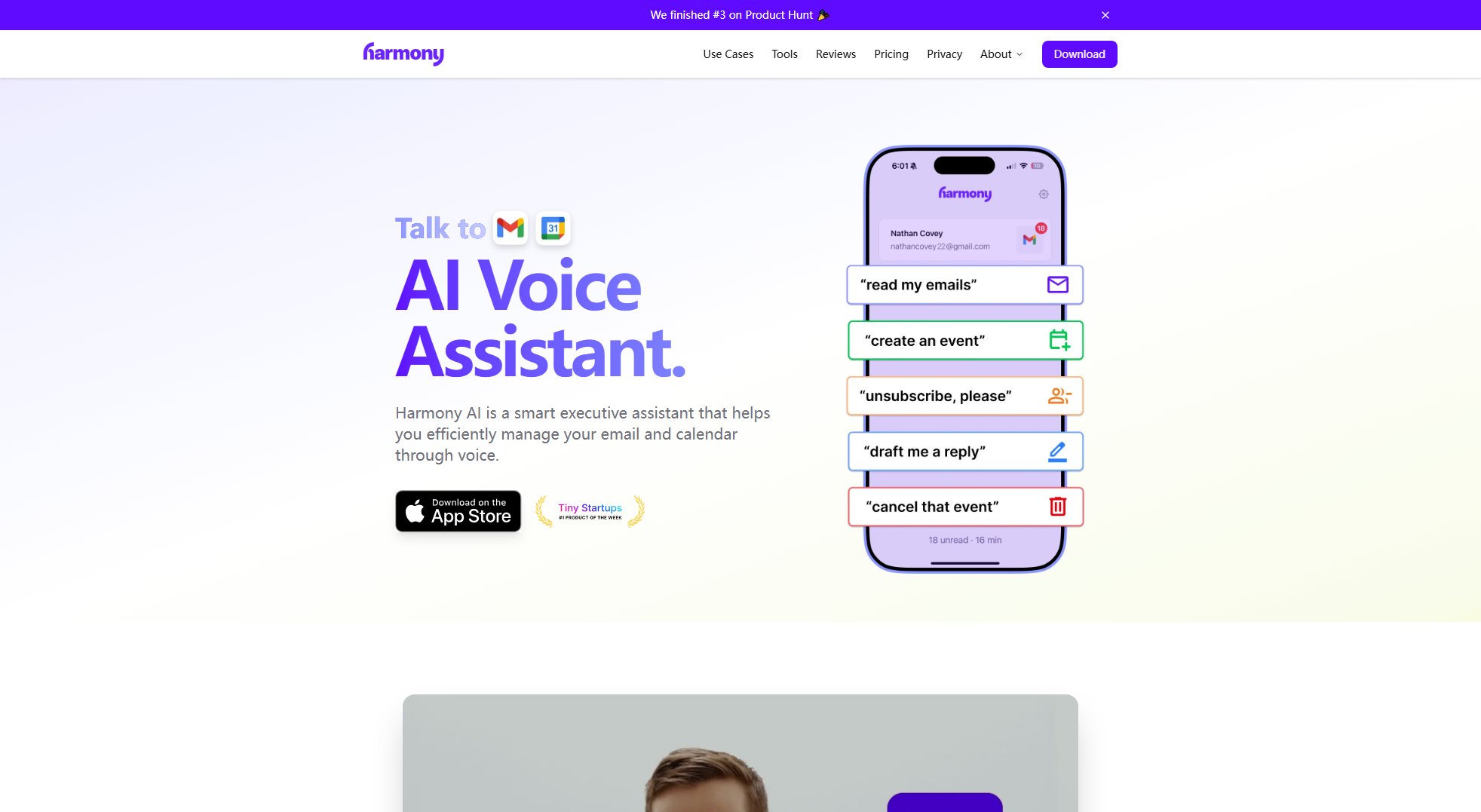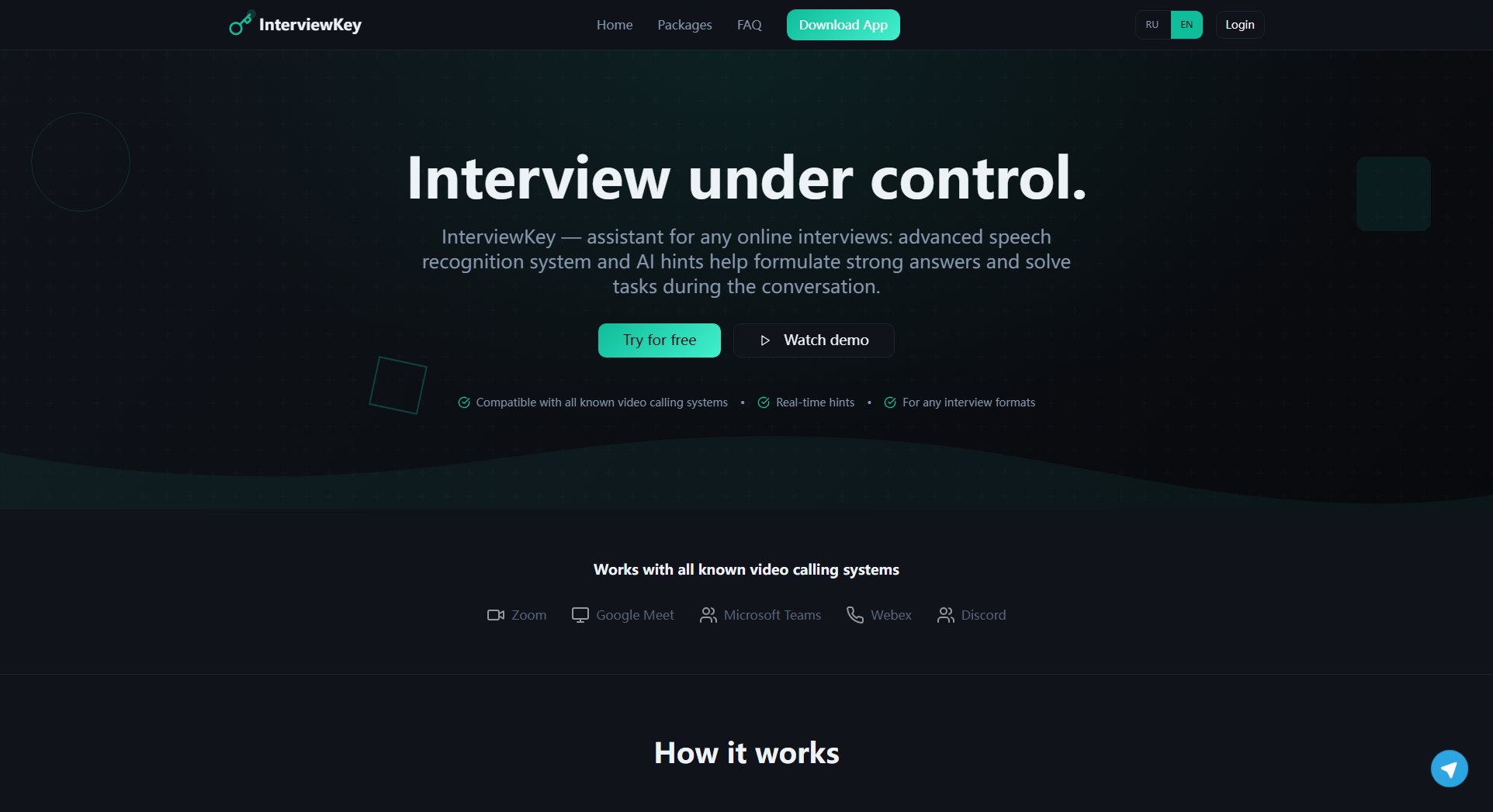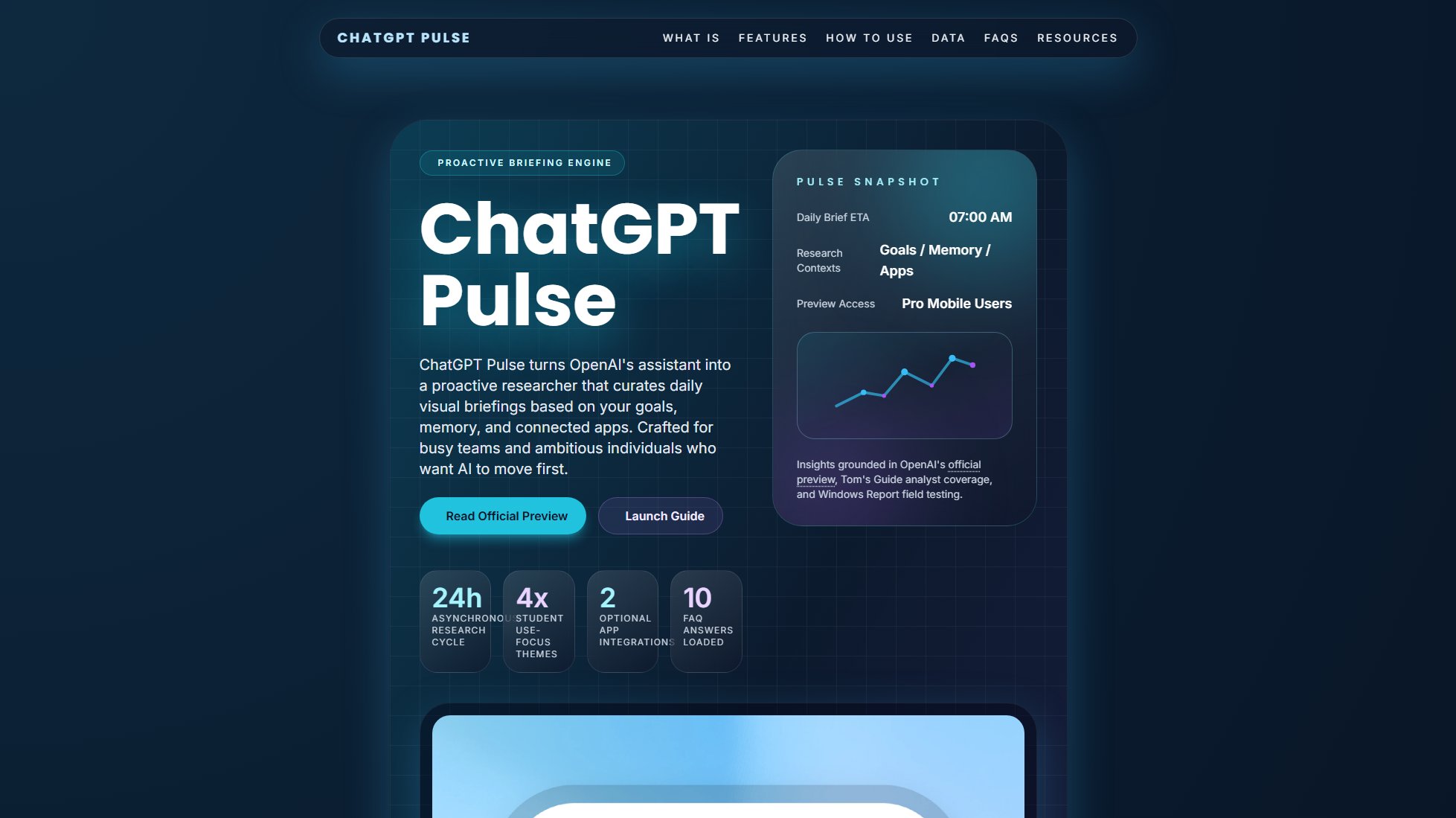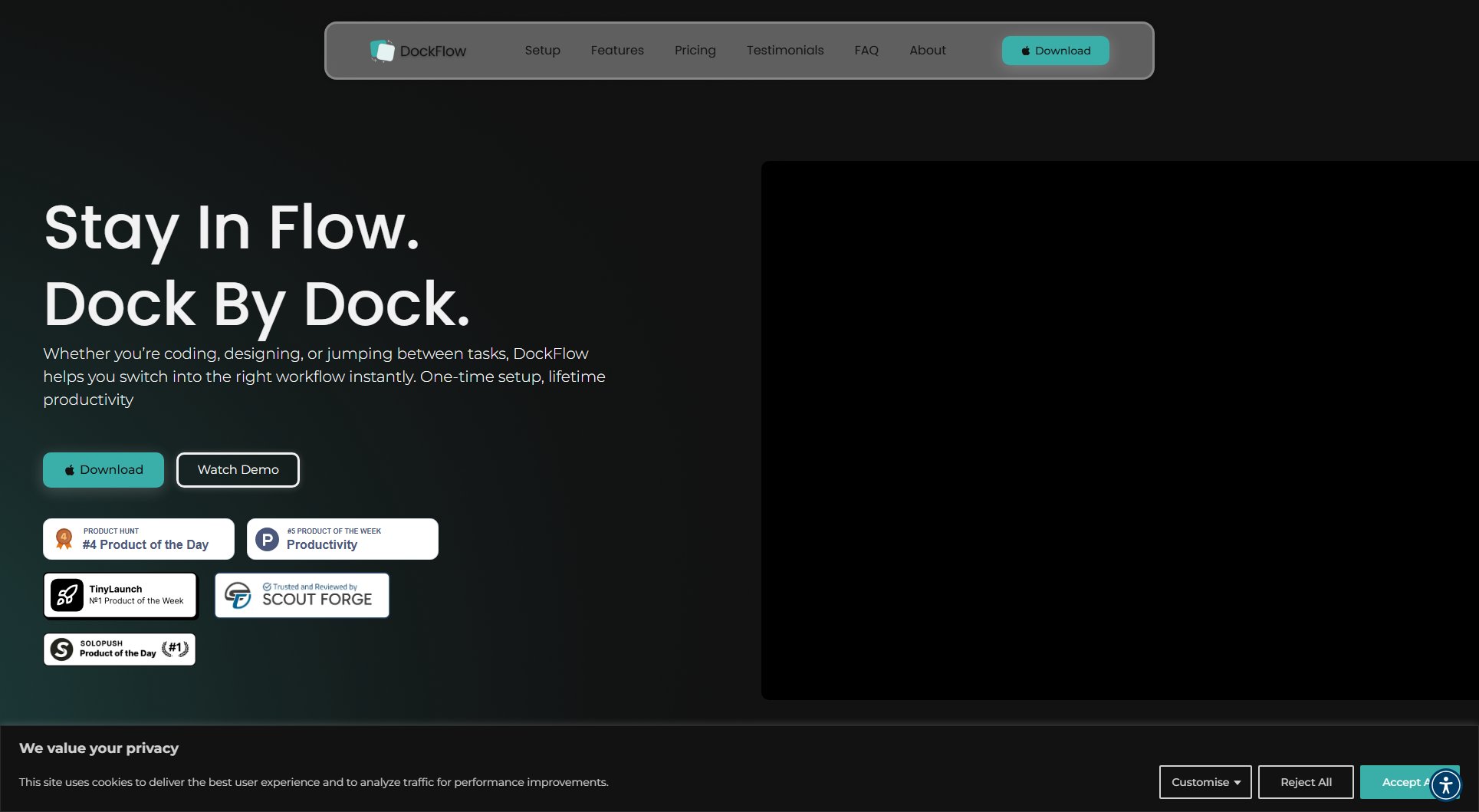Lineo
Optimize Google Maps walking routes for maximum efficiency
What is Lineo? Complete Overview
Lineo is a specialized tool designed to optimize walking routes created in Google Maps. It addresses the common problem of inefficient multi-stop walking routes by reordering destinations to minimize total walking time and distance. Using advanced algorithms to solve the 'traveling salesman problem,' Lineo analyzes your existing Google Maps route URL and provides an optimized version that follows the most efficient walking path. The tool is particularly valuable for tourists planning sightseeing routes, food crawls, or museum visits, as well as locals running errands or exploring their city. With typical time savings of 15-40% on walking routes, Lineo helps users make the most of their pedestrian journeys while maintaining all the functionality of Google Maps directions.
Lineo Interface & Screenshots
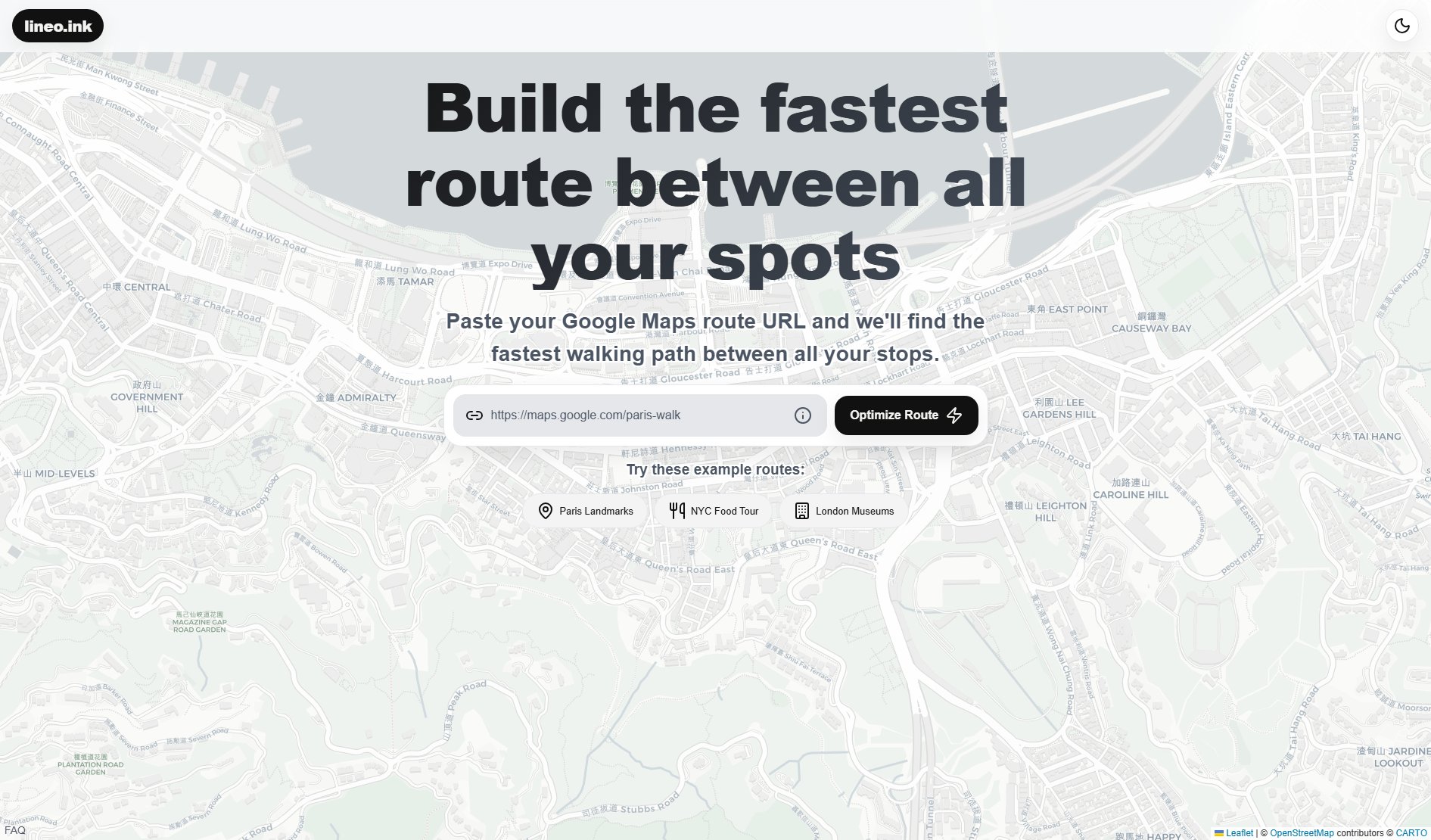
Lineo Official screenshot of the tool interface
What Can Lineo Do? Key Features
Google Maps URL Optimization
Lineo takes any existing Google Maps route URL and automatically reorders the stops to create the most efficient walking path. This eliminates the need to manually rearrange destinations or accept Google's default ordering, which often isn't optimized for walking efficiency.
Advanced Pathfinding Algorithms
The tool employs sophisticated algorithms that solve the classic 'traveling salesman problem' specifically for pedestrian routes. It considers walking paths, crosswalks, and pedestrian-friendly routes that might differ from vehicle navigation solutions.
Significant Time Savings
Most users experience 15-40% reductions in total walking time, with particularly dramatic improvements on complex routes with 8 or more locations. The optimization can save both time and physical effort during walking tours or errand runs.
Seamless Google Maps Integration
After optimization, Lineo provides a new Google Maps URL that maintains all the original functionality of Google Maps walking directions, including turn-by-turn navigation, while presenting the stops in the optimal order.
Versatile Use Cases
The tool works equally well for tourist activities (sightseeing, museum visits, food tours) and practical local needs (shopping, appointments, errand runs). Any scenario involving multiple walking destinations benefits from optimization.
Best Lineo Use Cases & Applications
City Sightseeing Tour
Tourists visiting a new city can input all the attractions they want to see, and Lineo will arrange them in the most logical walking order, minimizing backtracking and unnecessary walking between distant points.
Restaurant/Food Crawl
Food enthusiasts planning to visit multiple eateries can optimize their route to flow naturally from one location to the next, ensuring they spend more time eating and less time walking between stops.
Local Errand Running
Residents doing multiple errands (post office, grocery store, pharmacy, etc.) can save time and steps by having Lineo determine the most efficient sequence for their stops.
Museum or Gallery Visit
When planning to visit multiple exhibits or museums in an area, Lineo can arrange them in an order that minimizes walking time between locations, allowing more time for actual viewing.
How to Use Lineo: Step-by-Step Guide
Create your multi-stop walking route in Google Maps as you normally would, adding all the locations you plan to visit in any order.
Copy the URL of your Google Maps walking route from your browser's address bar.
Visit Lineo.ink and paste your Google Maps route URL into the optimization field.
Wait a few moments while Lineo's algorithms analyze and reorder your stops for maximum walking efficiency.
Receive your optimized Google Maps URL, which you can open directly to view and follow the most efficient walking route between all your destinations.
Lineo Pros and Cons: Honest Review
Pros
Considerations
Is Lineo Worth It? FAQ & Reviews
Google Maps typically shows routes in the order you enter locations, while Lineo reorders all your stops to find the most efficient walking path, often saving significant time and distance.
Any Google Maps walking route with multiple stops (3-15) works well, including restaurant crawls, tourist attractions, shopping districts, or errand runs. Routes with more stops typically see bigger improvements.
Most users save 15-40% of their total walking time, with the biggest improvements seen on complex routes with 8+ locations where the original order was particularly inefficient.
Lineo is specifically designed for walking routes and optimizes based on pedestrian paths. While it can process driving routes, the optimization works best with Google Maps walking directions.
You receive a new Google Maps URL with all your original destinations reordered for maximum walking efficiency, complete with turn-by-turn directions you can follow in the Google Maps app.
